There are three words no one ever wants to hear uttered by a doctor: You Have Cancer. Unfortunately, 38.4% of men and women will be diagnosed with cancer at some point during their lifetimes. Despite thousands of hours of research and multiple trials, it seems we are still no closer to a cure for this destructive disease. While many treatments have seen success, chemotherapy, and radiation being the two most popular, we still have a long way to go before we can eradicate this life-altering sickness for good.
According to the National Cancer Institute, an estimated 1,735,530 new cases of cancer will be diagnosed in the United States alone in 2018 and roughly 609, 640 people will die from it. On average, 440 out of 100,000 men and women will be diagnosed with cancer every single year and out of those 440..163 will die. While this may seem completely grim, cancer deaths are declining since the 1990’s. Since 2006, the death rate in men and women has been reduced by 1.4% and 1.8% respectively. However, this is still too little to make a genuine impact.
Unfortunately, with the rising cost of healthcare and Big Pharma controlling the cancer drug market, many people diagnosed with cancer are unable to pay for treatment. This is a huge problem in the United States, one of the few countries without universal healthcare. And if things don’t change…drug prices will continue to balloon out of control.
While most people know the basics when it comes to cancer, you might be surprised by how little you actually know. Here at Funnyand, we set out to discover the hard truths about cancer and have come with 40 facts you might not know when it comes to the disease. Some of these are really shocking…
40. Factors That Increase
It’s important to understand that cancer isn’t caused by one single factor.
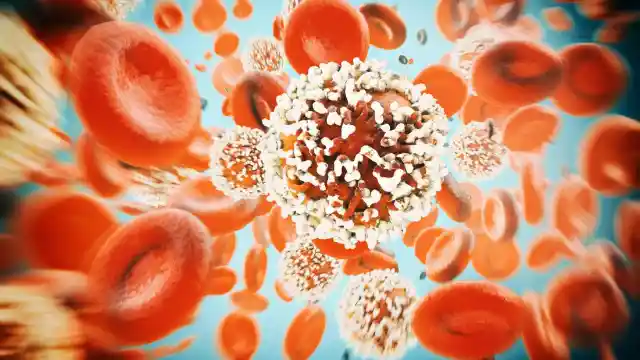

There are multiple factors that can increase the risk of cancer (also officially known as malignant neoplasm). Some of these factors include pollutants, tobacco, and obesity.
39. Hereditary Strains
Some cancers you simply have no control over due to being predisposed thanks to your genes.
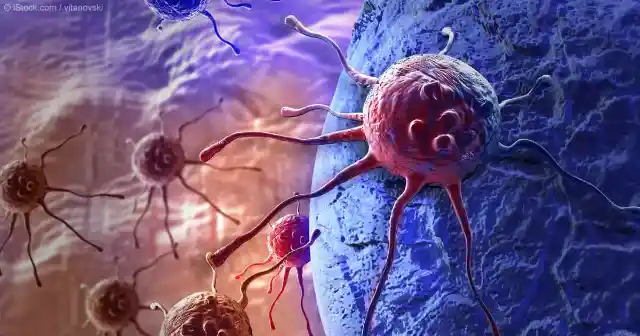
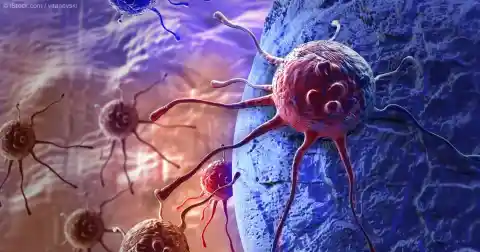
The National Cancer Institute estimates 5-10% of all cancers are hereditary and develop in tandem with multiple environmental factors.
38. Smoking and Lung Cancer
One of the key contributors to lung cancer is smoking. In fact, smoking is estimated to be the prime cause of 90% of all lung cancer diagnoses. In the last ten years alone, tobacco has killed an estimated 50 million people.


It’s believed if this trend continues, in the next 100 years over 1 billion people could die from use and exposure. A terrifying thought, right?
37. Sleep Impacts Colon Cancer
We’ve always been told it’s recommended we get over 8 hours of sleep a night, which is honestly easier said than done. However, there are many benefits to getting enough sleep and they all tie into your health.


New studies have revealed that people who sleep less than six hours a night are more likely to develop colon cancer. Yikes.
36. Two Main Characteristics
Two of the main traits of cancer are abnormal cell growth and metastasis, which is the ability to spread to other parts of the body.
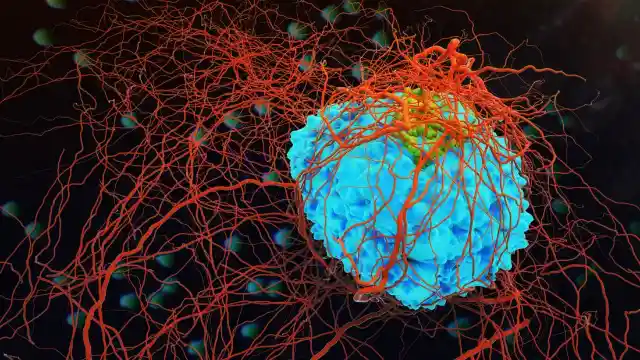
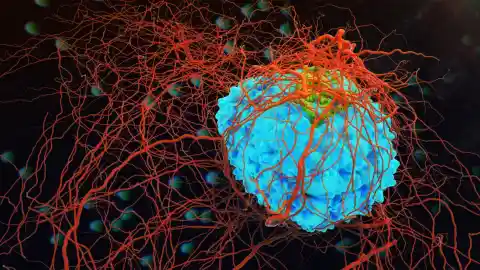
The speed cancer spreads could be considered a third trait because it is at a much faster rate than other diseases.
35. The Problem with Nitrites
Do you like deli meats? Well, you may want to cut back. Research has found that the chemical additives used to preserve lunch meats like cold cuts and hot dogs can turn into cancer-causing carcinogens.


These chemical additives are known as nitrite and can be extremely harmful to your health. Thankfully, many organic deli types of meat are now nitrite-free.
34. Cancer is an Epidemic
It is safe to say that cancer is a worldwide epidemic. The burden of cancer globally has risen to 18.1 million new cases in 2018 alone. It’s estimated that there will be 9.6 million cancer-related deaths before the end of the year.
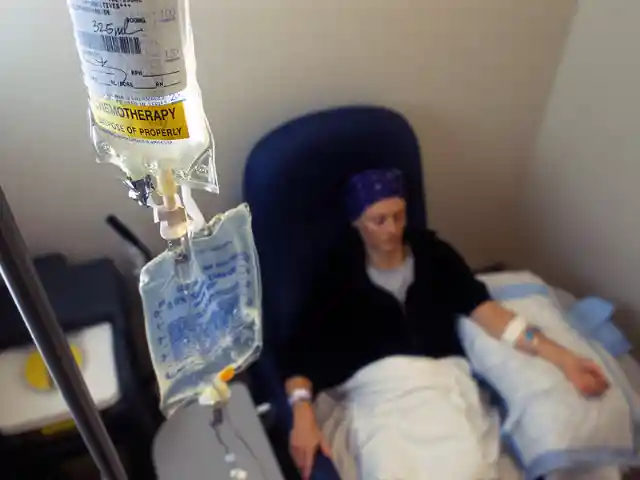

Currently, the newest cancer cases are found in Eastern Asia, with Micronesia having the fewest.
33. Leading Cause of Death
In developed countries, cancer is considered the leading cause of death.


As for developing countries, it’s the second behind heart disease, although on a global-scale heart disease is still the leading health-related cause of death.
32. Global Death Toll
As previously mentioned, it’s estimated that 9.6 million people will die this year from cancer. This is up from 7.6 million in 2008.


It’s believed that by 2030, 13.2 million cancer deaths will occur globally if we don’t reverse this trend and find better treatments through cancer research funding.
31. Most Common Cancer in Women
Most people probably already know this, but the most common cancer in women on a global scale is breast cancer. It has been estimated roughly 1.4 million cases are diagnosed every single year with around 450,000 deaths occurring yearly as well.
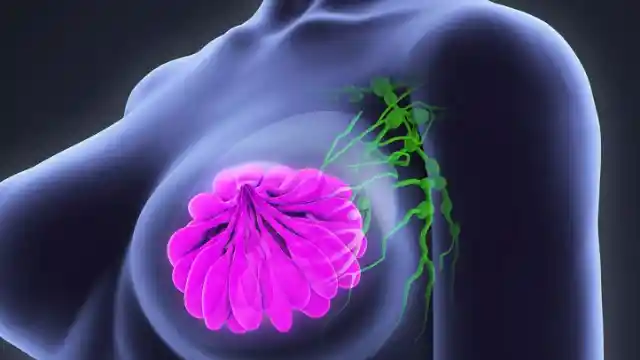

This is why so many people walk during October for Breast Cancer Awareness and routine exams are so
30. Infections Contribute to Cancer
You might be surprised to know that 15% of all cancers worldwide are caused by infections. This is especially true in underdeveloped countries due to the increased rate of infections.


In these countries, infection-related cancers are increased to 26%. The most common cancers that develop from infections are gastric cancer due to the Helicobacter pylori bacteria and cervical cancer from HPV.
29. Origin of the Word
The origin of the word “cancer” comes from the Greek word for “crab” due to cancer cells having finger-like projections.
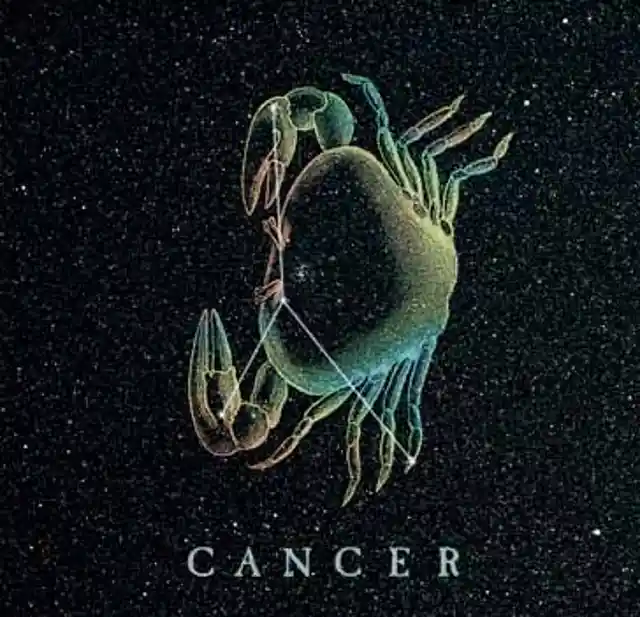
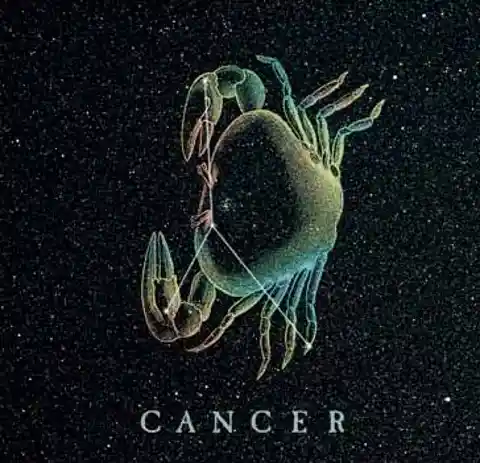
A Roman physician known as Galen referred to cancer as “oncos” which means “swelling” due to cancerous growths swelling various parts of the body.
28. Preventable Deaths
Most researchers conclude that 50% of all cancers and cancer-related deaths could be preventable.


Through lifestyle, living conditions and physical care, most people could potentially avoid developing cancer over the course of their lifetime.
27. Most Common Cancers for Men
When it comes to men, the most common cancers diagnosed are lung, prostate and stomach cancers. This is it’s recommended that men get routine prostate exams over the age of 50.


Testicular cancer is another common cancer for men, coming in a close fourth to the top three.
26. Truth About Cervical Cancer
The third most commonly diagnosed cancer for women is cervical cancer.
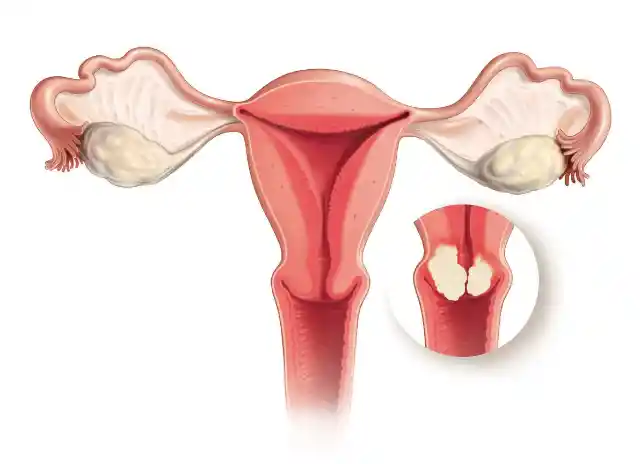
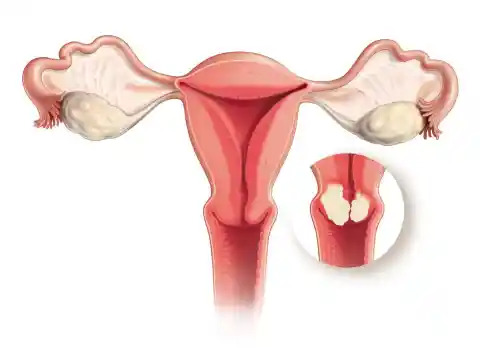
It’s estimated in 2018 that there will be 13, 240 new cases of cervical cancer diagnosed with roughly 4,100 deaths in the United States alone.
25. Earliest Record of Cancer
One of the earliest mentions of cancer in history was in the Edwin Smith Papyrus, which dates back to 1600 BC.


Historians believe it describes breast cancer, which back then was treated via cauterization with a tool known as a “fire drill.” In the document, it states there is no successful treatment. We’re sure women are quite happy the fire drill method is no longer in use.
24. The Facts Regarding Gardasil
In an attempt to prevent certain types of cervical cancer, the FDA and CDC have made Gardasil available globally as a form of prevention.
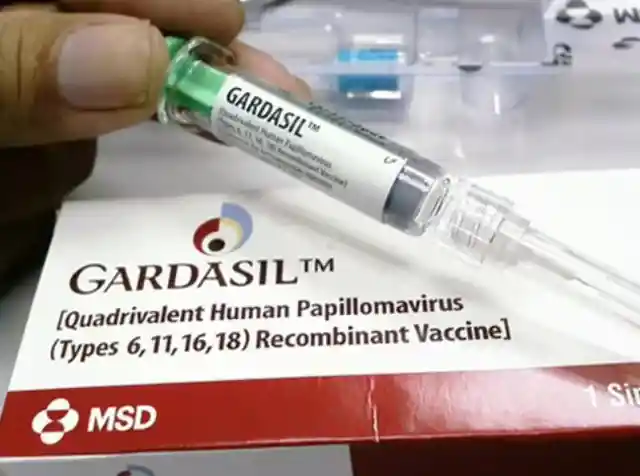
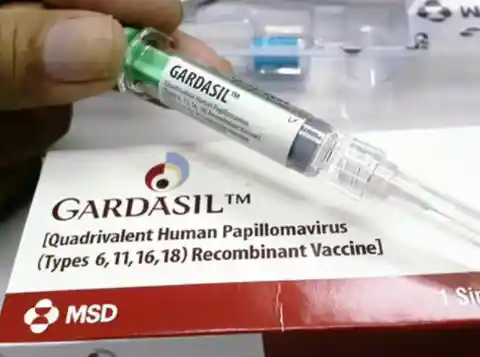
Since February 2009, over 40 million doses have been distributed around the world. While not a cure, it is a step forward in the progress of cancer prevention.
23. Children Cancer Diagnoses
As tragic as it is, over 12,000 children are diagnosed with cancer every year in the United States. Out of those 12,000, at least 1,200 will die from cancer on a yearly basis.


While childhood cancers make up less than 1% of new cancer diagnoses, it is the second leading cause of death in children. No child should have to endure such suffering in what should be some of the happiest and carefree years of their life.
22. Death Per Day Estimations
It’s almost too hard to wrap your mind around, but the National Cancer Society estimates that roughly 1,500 or more people will die every single day from cancer in the United States alone.


That’s 62 people an HOUR. It’s hard to deny that we need some major breakthroughs in cancer treatment when you look at the sobering numbers.
21. Astronomical Cancer Costs
One of the key reasons so many people die from cancer is the rising cost of treatment. In the past decade, the cost of cancer in the United States has ballooned to over $226 BILLION according to the National Institute of Health.


This has led to the economic impact of cancer is much higher than any other causes of death in the entire country. Quite scary, to say the least.
20. The Obesity Connection
Obesity is linked to many different types of diseases, but research has also found it has an adverse effect on women with breast cancer, especially in older women.


Research studies have shown that postmenopausal women who do not engage in regular physical activity are more likely to die from breast cancer than those who are fit.
19. The Increase and Decline of Cancers
Over the years there has been a decline of quite a few different types of cancers, while others have spiked.


Cervical, colorectal and lung cancers have been declining in the past few decades however, there’s been a rise in melanoma, thyroid and kidney cancers. Research suggests these cycles are normal and can be due to outside factors.
18. African American Risk
Studies have shown that African American men and women are at a higher risk to develop and die from cancer.


This is due to economic inequality and those located in third world countries. The lowest risk for cancer happens to be with Asian Americans.
17. Cancer is More Than One Disease
Many people think of cancer as one single disease, but it’s actually multiple diseases.
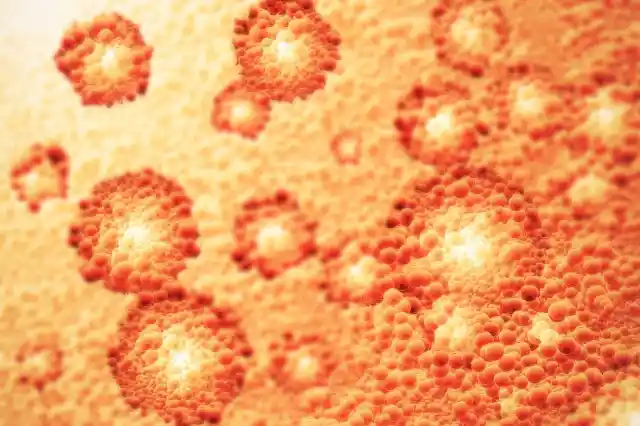

Different agents trigger different types of cancer, which is why developing a cure has been so difficult. No strain of cancer is the same or behaves in a set pattern.
16. Dental Hygiene is Key
Good dental hygiene is a key factor in cancer prevention. People with gingivitis are more prone to gum inflammation.


If this inflammation continues for long periods of time, it can increase the risk of oral cancers. The infection and inflammation can also travel to other parts of the body.
15. HPV and Cervical Cancer
One of the most common sexually transmitted diseases is HPV (human papillomavirus).


HPV has been linked as the trigger agent for cervical cancer, although we should point out that being diagnosed with HPV doesn’t automatically mean cancer will develop. In fact, most infected women do not develop cancer.
14. Women, Children & Pregnancy
New studies have found that women who get pregnant later in life or choose not have children have a higher risk of developing breast cancer.


This is due to the fact that research shows breastfeeding could reduce the risk of breast cancer. Although more studies need to take place for a firm conclusion.
13. Problem with Big Pharma
One of the unfortunate aspects of cancer treatment is that most of the successful ones are owned by Big Pharma. These companies are some of the largest in the world and contribute directly to the shortage of cancer drugs.


Many believe the shortage is due to lack of raw materials, but the truth is most shortages are manufactured by corporate decisions to cut down on production.
12. Cancer Risk in Holocaust Survivors
Due the abuse and starvation Holocaust survivors suffered while in concentration camps, research has found that Holocaust survivors have a greater risk for developing cancer.

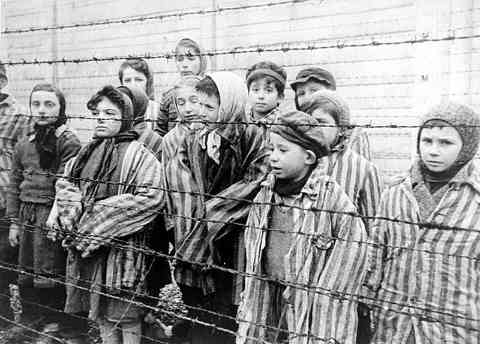
Another long-term side effect of the horrors and deprivation they the Jewish people faced during World War II.
11. Skin Cancer Facts
You probably already know this, but skin cancer is considered the most common form of cancer in the United States. There are over 2 million cases of skin cancer diagnosed every single year.
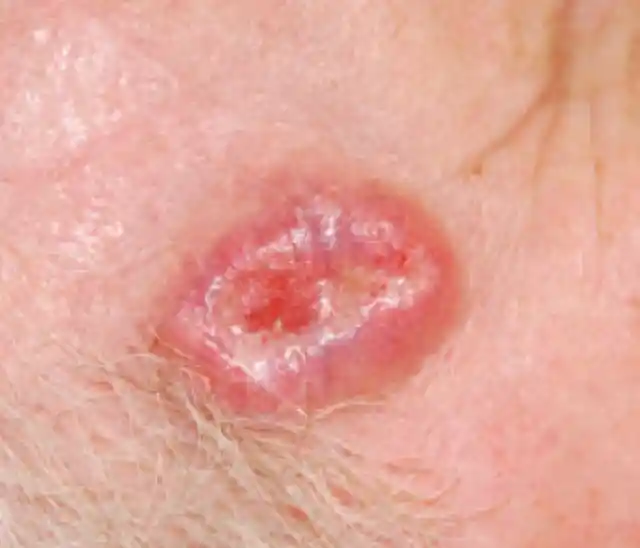

What’s even more unfortunate is most of these cases could easily be prevented with skin protection. Overexposure to the sun and indoor tanning are two of the biggest culprits when it comes to skin cancer.
10. Bad Cancer Data
It has been argued by many in the medical and educational fields that cancer research has become controlled by big corporations and politicians, that have misrepresented the data available for their own gain.


Too much focus has been placed on treatment when prevention should really be where the money and research are being spent.
9. Fears of the Pap smear
It is believed by quite a few researchers in the field that the Pap smear was not actually implemented in doctors’ offices until ten years after it was proven to prevent cervical cancer due to fear.


A theory that has gained steam over the years is that the fear was the Pap smear would undermine private medical practices and could lead to unnecessary surgeries.
8. The Middle East and Breast Cancer
Due to the culture of the Middle East, breast cancer is considered a taboo subject.


Most women refuse to get tested because they do not want to be examined by male doctors. Sadly, this leads to many cases going undiagnosed until it’s too late.
7. An Incredible Surgery
One amazing surgery that took place in Texas took over 13.5 hours and involved removing a malignant brain tumor through an 11-year-old’s nose.


The surgery was ultimately successful and one of the more unique approaches to removing brain tumors. Incredible, right?
6. Cancer and Marriage
A recent study has concluded that unmarried men have a 35% more likely chance to die from cancer than those with committed, loving spouses.


It’s believed the companionship and support help with treatment and ultimately survival.
5. The Chernobyl Incident
The Chernobyl Incident is considered one of the worst nuclear disasters in history, with over 44,000 people forced to abandon their homes so they wouldn’t be exposed to deadly radiation.


However, scientists believe that this one incident produced the largest group of cancer diagnoses in history. Talk about scary.
4. Attempted Murder by Cancer
It seems almost unthinkable that a mother would ever want to harm her child, but in 2009 one mother did just that. In Massachusetts, a woman was convicted of attempted murder when she withheld her 9-year-old autistic son’s cancer medication.
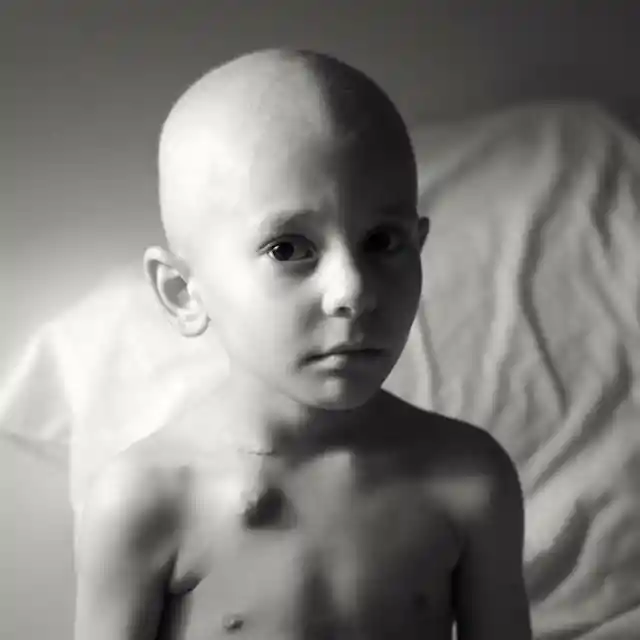
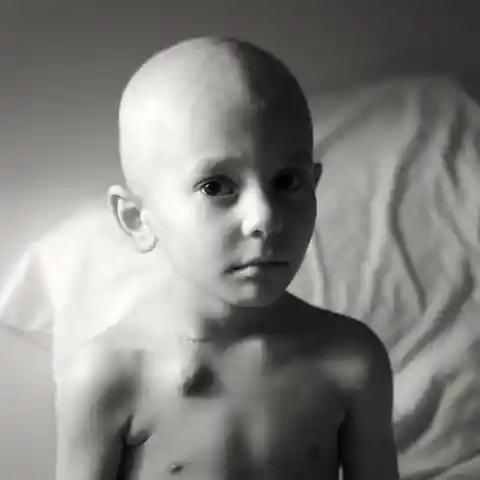
He would die before his tenth birthday of leukemia. The cruelty of this world knows no bounds it seems.
3. Increased Suicide Risk
Being diagnosed with cancer is an emotionally trying experience. Research has found that cancer patients are twice the suicide risk than the general population.


Studies have determined that men are the highest risk and are more likely to kill themselves right after receiving their diagnosis.
2. The Case of Henrietta Lacks
In 1951, an African American woman named Henrietta Lacks died of cervical cancer. However, scientists at John Hopkins were able to take cell samples before she passed.
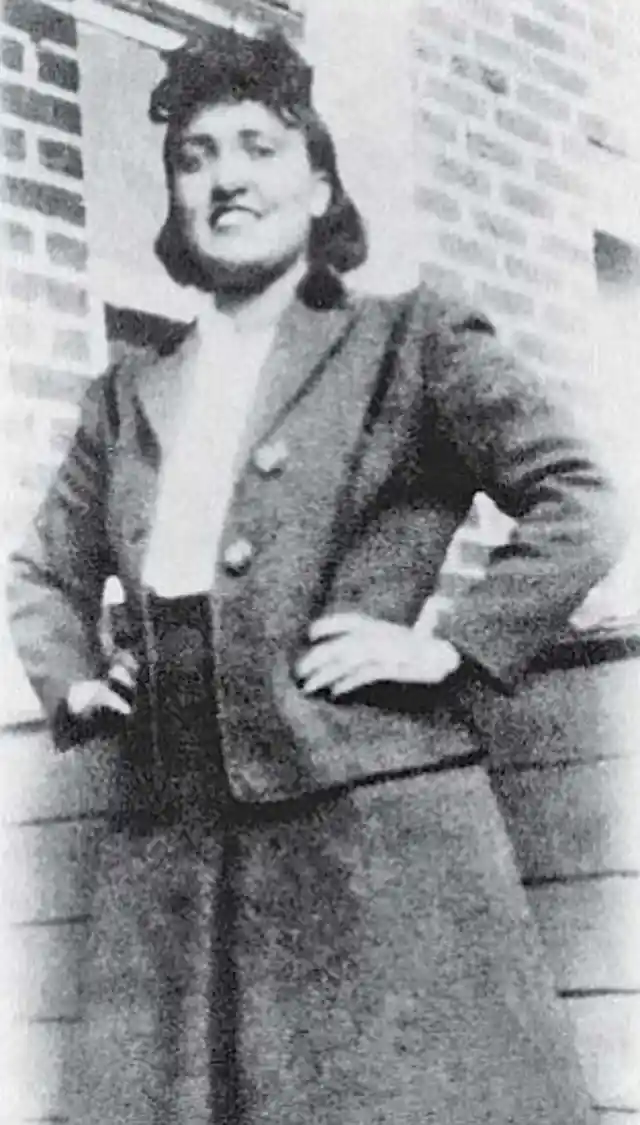

Within her tumor, they were able to discover the first instance of an “immortal” cell line, now known as HeLa cells. These cells have been used in groundbreaking cancer research, including polio vaccines and cloning.
1. The Cell Harvesting Controversy
Of course, Henrietta’s story doesn’t come without controversy. Come to find out, Henrietta nor her family gave the scientists permission to harvest her cells nor did they receive any financial compensation.

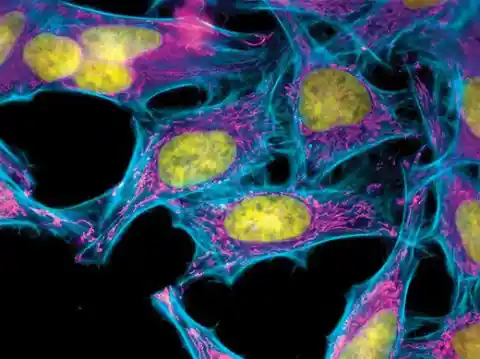
Even worse, a contamination incident involving HeLa cells almost led to a Cold War altercation. Sometimes it’s best to just ask permission!